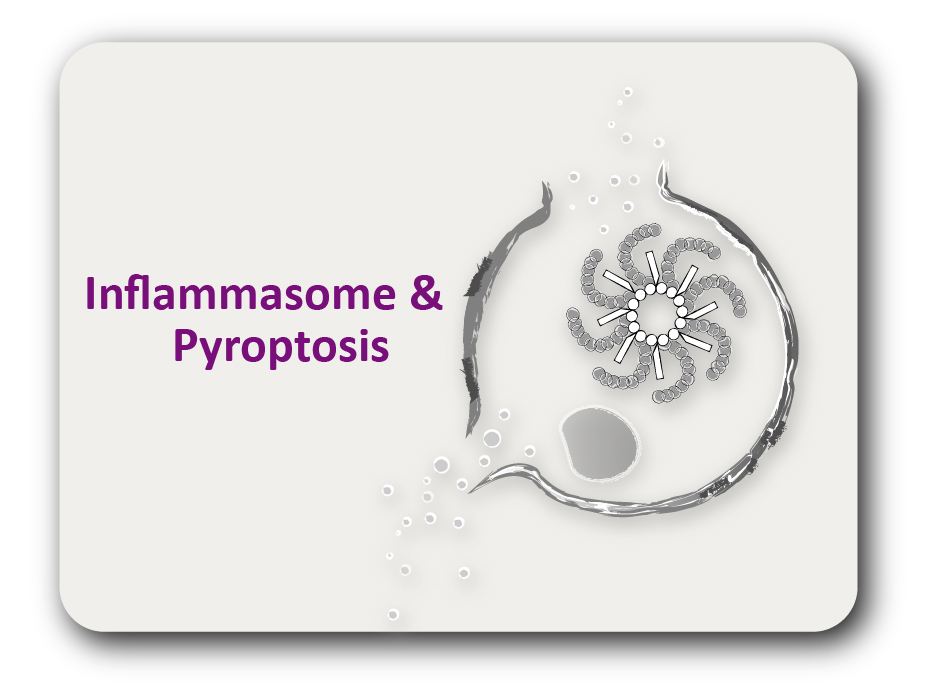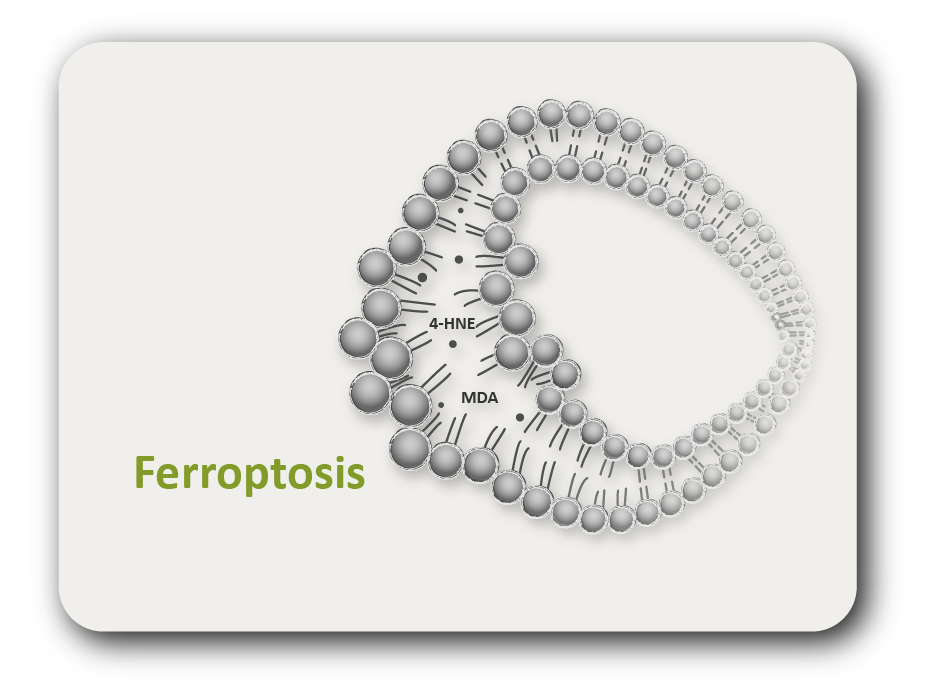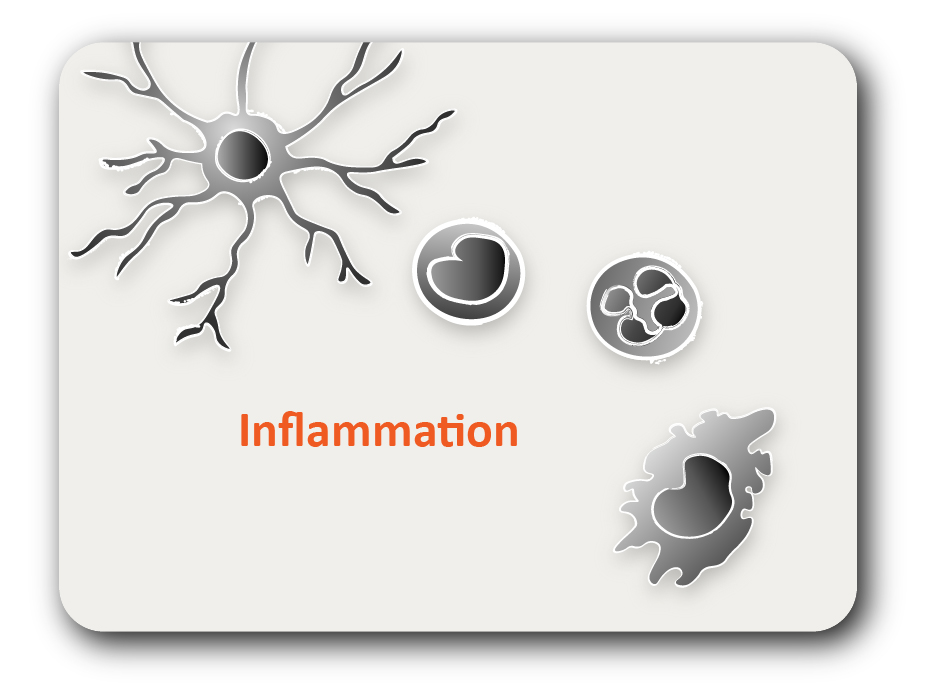ARG67220
anti-VEGFF antibody
anti-VEGFF antibody for Western blot and Snake
Overview
| Product Description | Rabbit Polyclonal antibody recognizes VEGFF |
|---|---|
| Tested Reactivity | Snk |
| Tested Application | WB |
| Host | Rabbit |
| Clonality | Polyclonal |
| Target Name | VEGFF |
| Immunogen | Recombinant protein corresponding to Snake VEGFF (a.a. sequence Q24-V146). |
| Conjugation | Un-conjugated |
| Alternate Names | Vascular Endothelial Growth Factor-F; sv-VEGF; VEGF-F |
Application Instructions
| Application Suggestion |
|
||||
|---|---|---|---|---|---|
| Application Note | * The dilutions indicate recommended starting dilutions and the optimal dilutions or concentrations should be determined by the scientist. |
Properties
| Form | Powder |
|---|---|
| Purification | Protein A purified |
| Buffer | PBS |
| Reconstitution | Water |
| Concentration | 0.1 - 1.0 mg/ml |
| Storage Instruction | For continuous use, store undiluted antibody at 2-8°C for up to a week. For long-term storage, aliquot and store at -20°C or below. Storage in frost free freezers is not recommended. Avoid repeated freeze/thaw cycles. Suggest spin the vial prior to opening. The antibody solution should be gently mixed before use. |
| Note | For laboratory research only, not for drug, diagnostic or other use. |
Bioinformation
| Gene Symbol | VEGF-F |
|---|---|
| Gene Full Name | Vascular Endothelial Growth Factor-F |
| Background | Here is the text without the line breaks: Vascular endothelial growth factor (VEGF-A) and its family proteins are crucial regulators of blood vessel formation and vascular permeability. Snake venom has recently been shown to be an exogenous source of unique VEGF (known as VEGF-F), and two types of VEGF-F with distinct biochemical properties have been reported. VEGF-Fs (venom type VEGFs) are highly variable in structure and function among species, in contrast to endogenous tissue-type VEGFs (VEGF-As) of snakes. Although the structures of tissue-type VEGFs are highly conserved among venomous snake species and even among all vertebrates, including humans, those of venom-type VEGFs are extensively variegated, especially in the regions around receptor-binding loops and C-terminal putative coreceptor-binding regions, indicating that highly frequent variations are located around functionally key regions of the proteins. The svVEGF-F was identified from the Viperidae snake Bothrops insularis venom glands. The deduced primary sequence, after complete sequencing of the longest snake venom VEGF (svVEGF) cDNA, displayed similarity with vertebrate VEGFs and with the hypotensive factor from Vipera aspis venom. The mature svVEGF appears to be ubiquitously distributed throughout snake venoms. The produced recombinant protein dimerizes after refolding processes and was biologically characterized, showing ability to increase vascular permeability. These results established that svVEGF is a novel and important active toxin during the early stages of bothropic snake bite envenoming and represents a new member of the VEGF family of proteins. |
Images (1) Click the Picture to Zoom In





